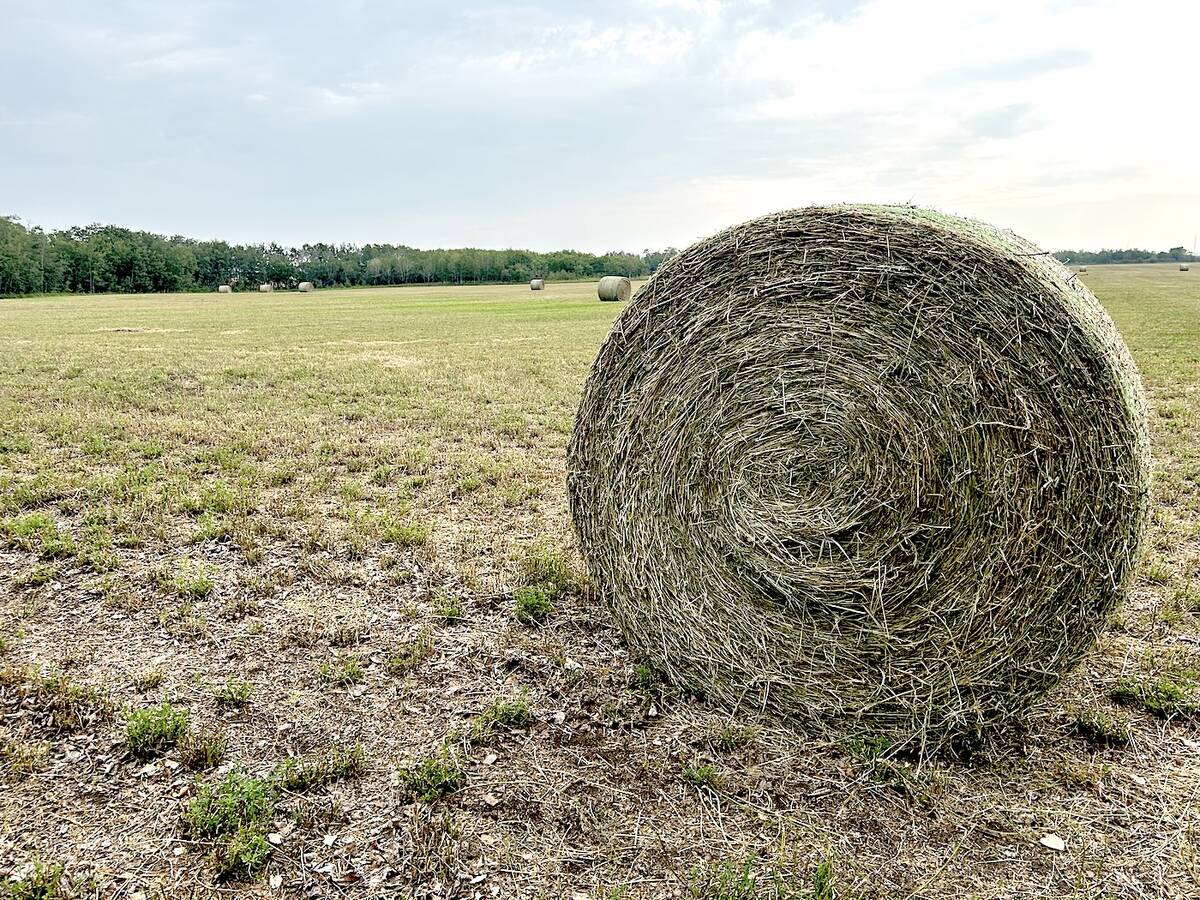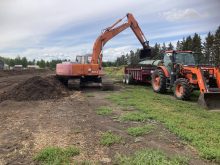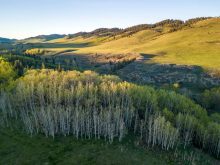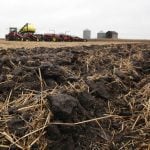The troubled organic wheat market is on the rebound, but Canadian growers will have to work hard to win back customers lost to other countries when the recession hit.
“The growth of organics is back on track, so that’s positive,” Canadian Wheat Board official Donna Youngdahl told attendees at the recent Alberta Organic Producers Association field day.
“In North America and Europe, organic now constitutes four per cent of the total market.”
But the global recession put a severe dent in what had been a fabulous growth story, noted Youngdahl, the CWB’s manager of marketing and sales of organics.
Read Also

Alberta has adequate feed supplies going into winter
Hay yields across Alberta were varied, but one expert says feed supplies are in strong supply for Alberta producers for the upcoming winter.
“Prior to 2008, you were seeing growth rates of over 20 per cent per year,” she said. “When the recession hit, organic retail sales dropped to about five per cent annual growth per year. It was even worse on the grain side.”
In 2011, organic retail sales grew by seven per cent and are continuing to increase.
But the recession hangover is still being felt. Wheat prices, both conventional and organic, soared just prior to the recession. Prices for organic wheat were especially high, noted Youngdahl, because a poor crop in 2007 had severely constrained supply just as food manufacturers were planning to roll out a host of new organic products
“Millers were getting positioned for potential new buyers of organic flour and wanted to get their hands on supplies so they could mill and sell them to these companies,” Youngdahl said.
But once the recession hit, the appetite for new organic products withered, food manufacturers pulled back, and millers were stuck with costly inventories of organic wheat. But organic growers, elated by the sharp price rise a year earlier, mistakenly thought the party was still going.
“In Canada, we grew about 40,000 acres more (organic) wheat that year, and in the United States, they grew about 70,000 more acres,” said Youngdahl.
New competitors
As well, rising North American prices prompted Europe to look elsewhere and Kazakhstan became a player, selling high-protein organic wheat off virgin farmlands for a low price.
“The area in Kazakhstan is the same as Manitoba, Saskatchewan and Alberta, the climate is similar and the grain they can produce is similar,” Youngdahl said.
Other new competitors also appeared on the scene. For example, Switzerland, which was a consistent buyer of Canadian grain, has also started buying grain from Argentina and Hungary. The buy-local movement in Europe and the United Kingdom has also impacted the growth of Canada’s export grain market. At one point, Canada shipped 30,000 to 40,000 tonnes into Europe, but that fell to around 10,000 in 2008. Growth is now increasing incrementally.
“My view is that acres in our competitive countries are likely to increase and it’s less likely that we’re going to see the doubling of organic prices (compared to conventional wheat), which might have been the case four years ago or previous,” Youngdahl said.
“It’s more like a 20 to 30 per cent premium.”
———
“Thegrowthoforganicsisbackontrack,sothat’spositive.”
Donna Youngdahl















